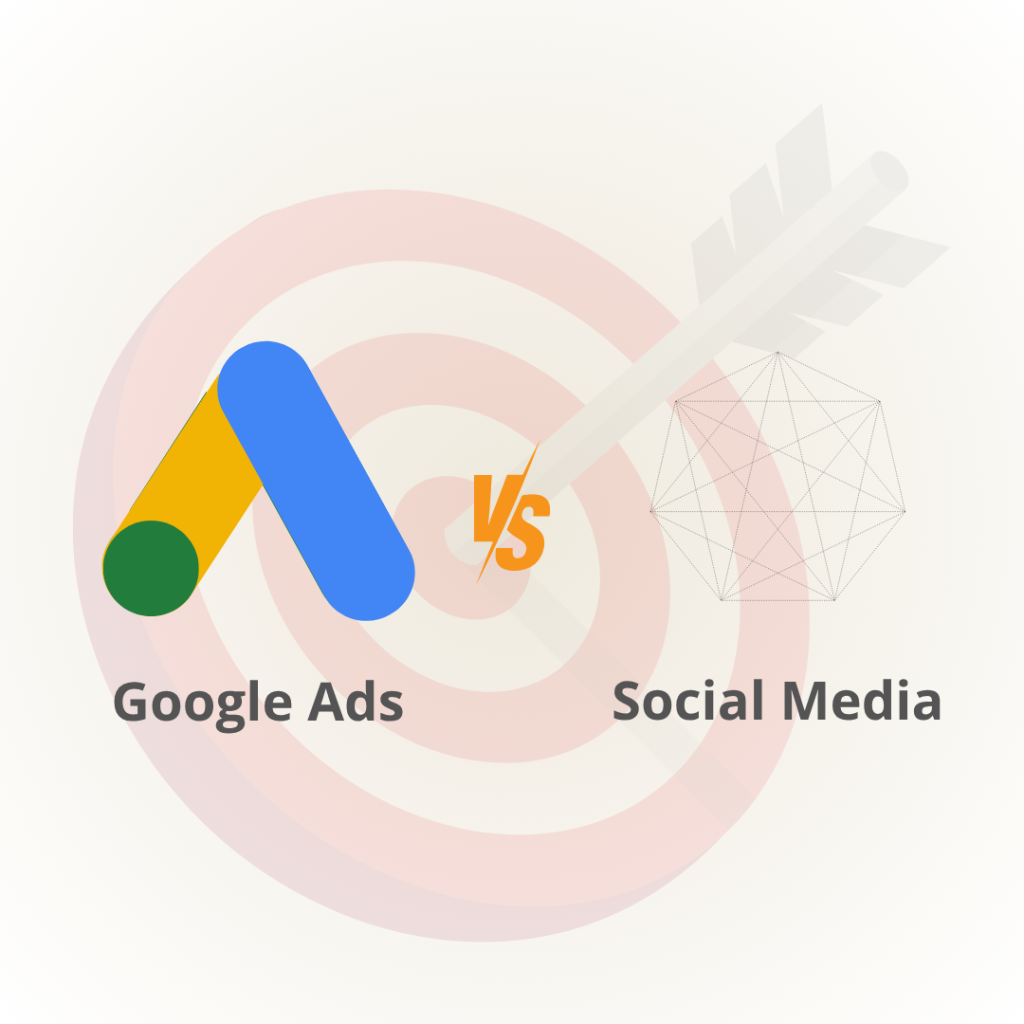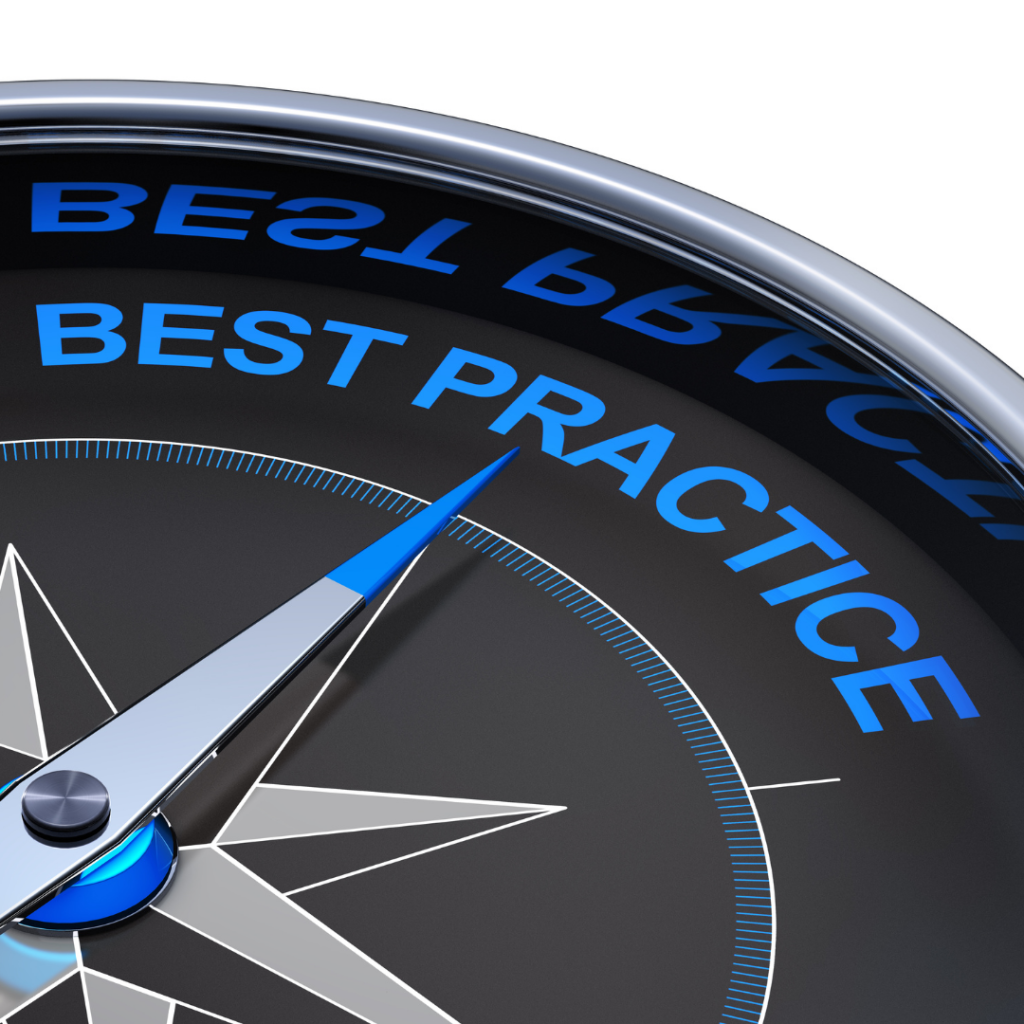How to Use Retargeting Ads Across Multiple Platforms
Users who are retargeted with display ads are 70% more likely to convert. Sounds promising, doesn’t it?
If you’re running a service-based business, you’re likely familiar with the challenge of converting online leads into paying customers. That’s where retargeting ads come into play. By reaching back out to those who have already interacted with your brand, these ads remind potential customers why they were interested in your services in the first place.
But here’s the catch—relying on a single platform like Google Ads or Facebook may limit your reach and effectiveness. The key is to use multiple platforms to create a cohesive, cross-channel retargeting strategy.
This guide will break down how retargeting works across various platforms, how to decide which ones are best for your business, and best practices for crafting an impactful multi-platform retargeting campaign.
How Retargeting Works on Different Platforms
At its core, retargeting involves serving ads to users who have already interacted with your business, whether through a website visit, social media engagement, or email sign-up. Tools like cookies, tracking pixels, and customer lists make this possible.
Here’s how retargeting works on some of the most popular platforms:
- Google Ads (Display & YouTube Retargeting): Google’s vast Display Network allows businesses to show ads to potential customers across millions of websites. YouTube retargeting also helps engage users with video ads based on their past interactions.
- Facebook & Instagram Retargeting: By installing a Meta Pixel on your website, you can serve retargeting ads on Facebook and Instagram feeds, reaching users who visited your services page or viewed a specific offer.
- LinkedIn Retargeting: Ideal for service-based businesses targeting B2B clients, LinkedIn allows you to run retargeting campaigns aimed at professionals like facilities managers or HR executives who’ve shown interest in your services.
- TikTok & Pinterest Retargeting: While not as widely adopted, these platforms are growing in their effectiveness, particularly for visually driven industries like design or event planning.
- Email Retargeting: By using customer email lists, you can send personalized ads or reminders to users across multiple platforms, providing an additional touchpoint to drive action.
Example in Practice:
A plumbing business uses Google Ads to retarget users searching for “emergency plumbing near me” while also running Facebook ads featuring testimonials from satisfied customers mentioning quick service and reliability.

Choosing the Right Platforms for Your Business
Choosing the right platforms for retargeting is key to running effective campaigns. Each platform offers unique ways to reach your audience, and the best choice depends on your goals, audience behavior, and resources.
Google Ads vs. Social Media Retargeting
Google Ads Retargeting
Google Ads is an excellent option for reaching users across a wide range of websites, YouTube, and search engines. With Google’s expansive display network, you can ensure your ads follow users wherever they browse online.
Example: Imagine someone searching “emergency electrician near me.” Later, while checking a news website, they encounter a tailored ad for your services, right when you’re still top-of-mind. This approach is especially powerful for businesses looking to target users actively seeking out specific services.
Facebook & Instagram Retargeting
Social media platforms like Facebook and Instagram are great for engaging users through visually compelling ads and personalized reminders. These platforms excel in creating an emotional connection through imagery or video content while encouraging immediate action.
Example: A potential customer who visited your roofing services page sees a friendly reminder ad in their Facebook feed that says, “Get a Free Estimate Today.” This subtle nudge can bring them back to your website to complete their inquiry.
LinkedIn Retargeting
LinkedIn stands out for B2B businesses aiming to target professionals and decision-makers. This platform allows you to retarget users based on job titles or industries, making it ideal for niche audiences.
Example: A commercial cleaning company notices that a facilities manager visited their services page. They use LinkedIn retargeting to show targeted ads, encouraging the decision-maker to schedule a consultation.
Multi-Platform vs. Single-Platform Retargeting: What’s More Effective?
Benefits of Using Multiple Platforms
Using multiple platforms ensures you reach your audience wherever they spend time and reinforces your brand messaging across different channels.
For instance, a user might see your brand on Google Ads in the morning, Facebook at lunch, and Instagram in the evening. This cross-platform exposure helps your business stay top-of-mind while boosting trust and recognition.
When a Single Platform Is Enough
For businesses with a limited retargeting budget, sticking to one high-performing platform can be a smart move. If your audience is highly engaged on a single platform (e.g., Facebook), focusing your efforts there can lead to better results without overextending resources.
Similarly, for businesses with niche audiences, targeting through one platform with the highest ROI might be a better strategy.
By understanding the nuances of each platform, you can build a retargeting strategy that meets your audience where they are—and nudges them closer to making that purchase or inquiry.

Best Practices for Multi-Platform Retargeting
Retargeting isn’t one-size-fits-all. With users active on different platforms, adapting your strategy to each channel improves performance and creates a seamless user experience. Here are key tips for building effective, platform-specific retargeting campaigns.
Creating Platform-Specific Ad Creatives
The content and format of your ads should align with the platform being used, as each channel comes with its unique characteristics and audience expectations.
- Google Display Ads: Focus on static images or HTML5 banners with crisp, clear calls-to-action (CTAs) that encourage immediate engagement. Think “Book Now” or “Get Your Free Quote!” as actionable messaging.
- Facebook/Instagram: These visually driven platforms shine with engaging video ads or carousel posts that highlight multiple products or services. Incorporating testimonials or user-generated content can increase credibility and trust.
- YouTube: Short, captivating video ads work best here. Use urgency-driven messages like “Limited Time Offer – Don’t Miss Out!” to capture viewers’ attention quickly.
- LinkedIn: This professional network demands a different approach. Business-focused ads that emphasize value propositions, such as improved efficiency or profitability, perform well. Use a clean and professional aesthetic to build credibility.
Tailoring content to the platforms ensures that your audience sees relevant, compelling ads that resonate with them in their chosen context.
Timing and Frequency: How Often Should You Retarget?
Timing is everything when retargeting. While you want to remain top of mind, too much exposure can cause ad fatigue, where users grow annoyed or disengaged after seeing the same message repeatedly.
- First 7 days: Focus on high-intent visitors who are fresh from your site. Deliver reminder ads that subtly nudge them closer to conversion while keeping your brand front and center.
- 7-30 days: Shift to nurturing campaigns showing testimonials, case studies, or social proof that build trust and credibility. This period allows you to connect with leads who may need time to make a decision.
- 30-90 days: Reignite interest with special offers, discounts, or limited-time promotions. Use language that creates urgency and inspires immediate action, such as “Exclusive Deal Ends Soon!”
Balance is key—space out retargeting efforts so you don’t overwhelm your audience while keeping your brand fresh in their minds.
Dynamic Retargeting for Personalized Ads
One of the most effective retargeting techniques is dynamic retargeting, which automatically customizes ads based on a user’s actions on your website. These ads boost relevance by showcasing the exact products or services your audience previously viewed.
Imagine a customer browsed your HVAC “AC repair” services page but didn’t finalize their decision. A dynamic ad could follow them later with a personalized message like, “Still thinking about AC repair? Schedule your service today and we’ll take care of the rest!”
Dynamic ads not only create a personalized touch but also remind users of exactly what caught their attention, increasing the chances of conversion.
Retargeting can be a game-changer—if done correctly. Avram Gonzales, Chief Strategist at Digital Harvest, puts it best:
“Retargeting is only as good as your strategy. If you’re showing the same ad to the same people without adapting to the platform they’re on, you’re leaving money on the table.”
Tracking & Measuring Multi-Platform Retargeting Success

Key Metrics to Monitor
- Click-Through Rate (CTR): Measures user engagement with your ads.
- Conversion Rate: Tracks the percentage of retargeted users who took the desired action.
- Cost Per Click (CPC) & Return on Ad Spend (ROAS): Evaluates the cost-effectiveness of your campaigns.
- Engagement Metrics: Analyzes which platforms and creatives are resonating with users.
Tools to Optimize Retargeting
Leverage these tools to manage and refine your campaigns across platforms:
- Google Analytics for tracking multi-platform performance.
- AdRoll for cross-platform retargeting and automation.
- Facebook and LinkedIn Ads Manager for platform-specific insights.
Maximizing Retargeting Effectiveness
Multi-platform retargeting is a great way to boost visibility and conversions for service-based businesses. By running campaigns on Google, Facebook, and LinkedIn, you can reach your audience where they’re most active and keep your messaging relevant. Retargeting increases brand recall and helps drive users closer to taking action.
To get the most out of retargeting, experimentation is key. Test different ads, adjust timing, and try various platforms to see what works best for your audience. Small changes can lead to big improvements, helping you optimize campaigns for better performance and ROI.
Need help setting up a retargeting strategy tailored to your business? Connect with Avram Gonzales on LinkedIn or contact Digital Harvest today and let our team of experts create a customized plan designed to deliver measurable results!
